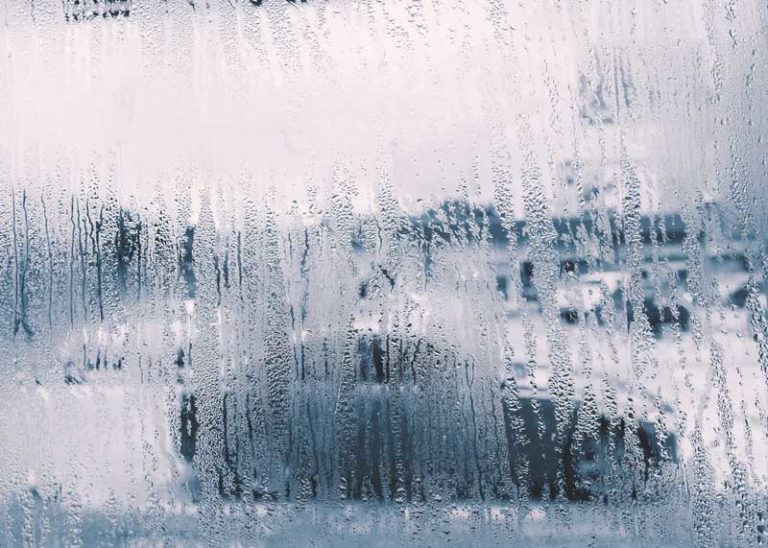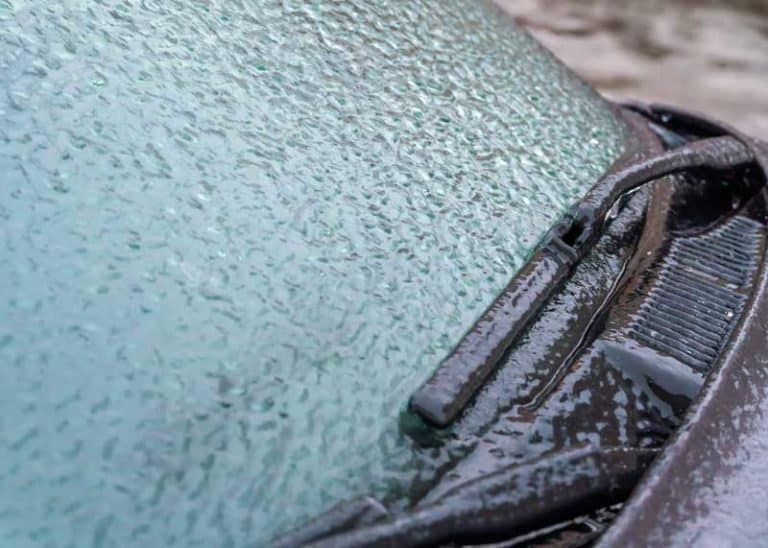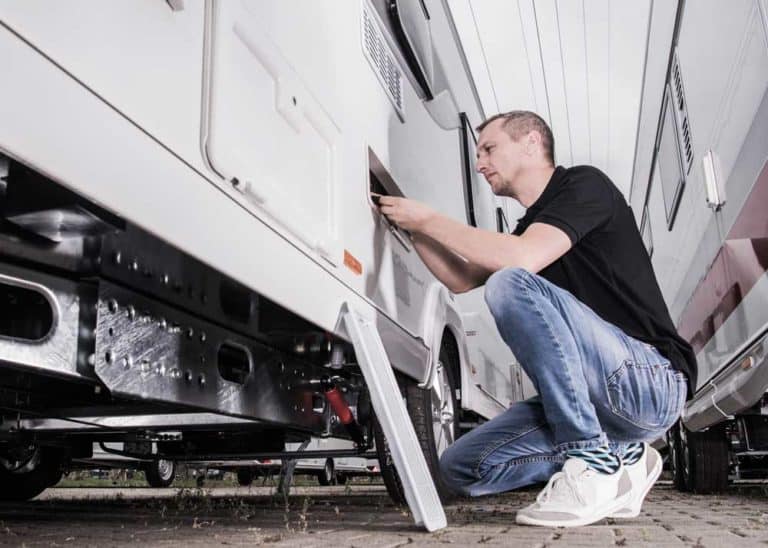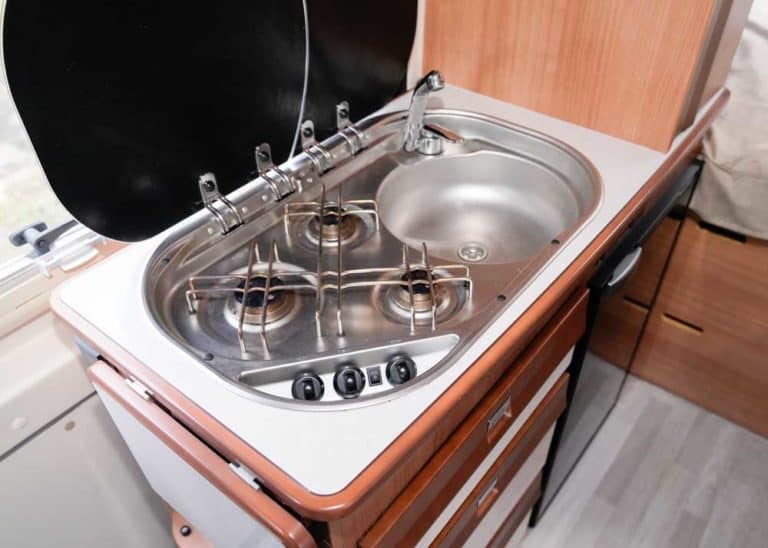How to Drain RV Fresh Water Tank: 5 Easy Steps
Draining the fresh water tank on your RV is an important step. It helps keep water safe and manages weight when traveling between campgrounds. Here’s how to drain RV fresh water tank.
Here’s how to drain fresh water tank on RV: locate the low-point drain, turn off water heater and water pump, open all taps and valves, open the low-point drain valve, and then drain the water heater. If you’re draining the tank for transit, it’s faster than when you’re winterizing.
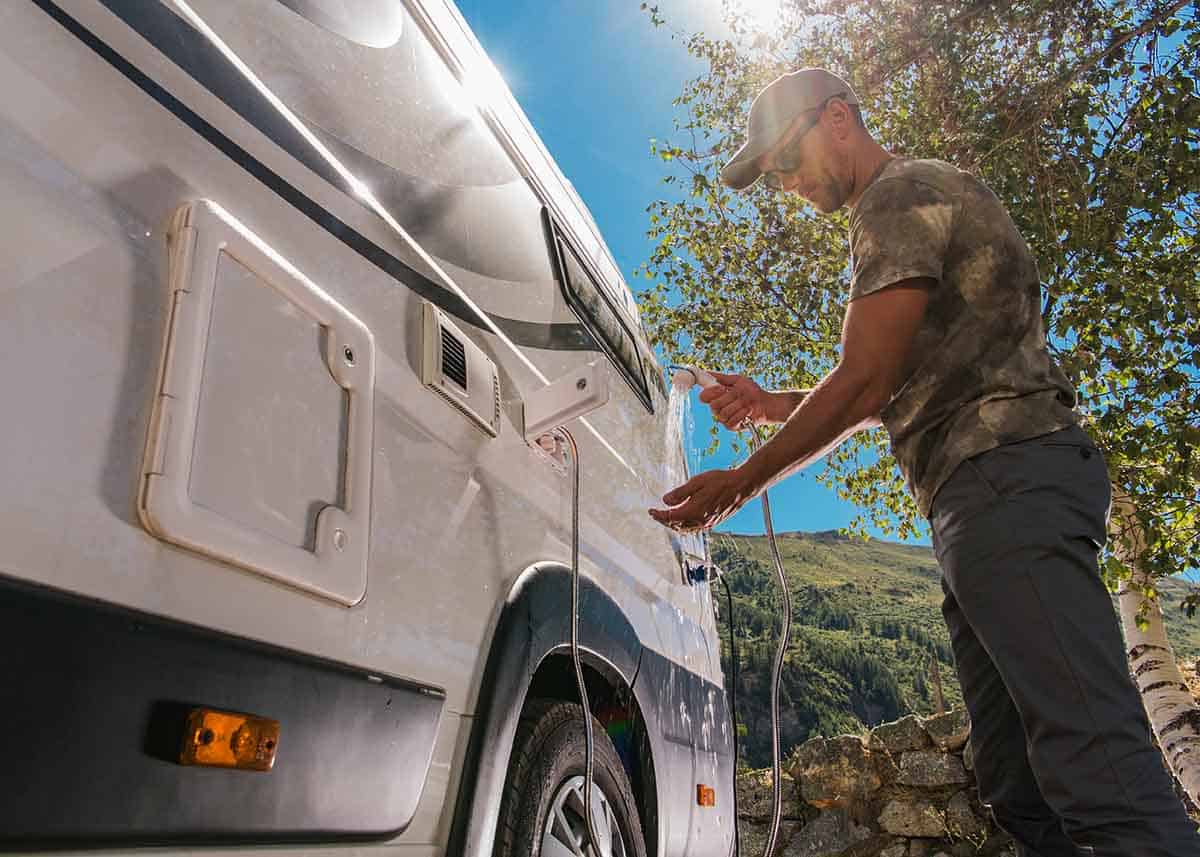
Whether you need to prepare your tank for winter or reduce the amount of weight your RV is carrying, this guide on how to drain a fresh water tank on an RV will help.
How to Drain Fresh Water Tank on Any RV
The draining process of an RV fresh water tank isn’t so difficult.
From start to finish, you can expect it to take 30 minutes or less.
1. Find RV Fresh Water Tank Drain Valve Location
First, you need to find your RV fresh water tank drain valve location.
You shouldn’t have trouble locating the value. The low-point drain will be located at a visible low point under your camper. Often, there will be both a hot and cold drain hose in the same location.
Your drain valve should be near the lowest point of the tank, allowing it to completely drain. The majority of valves should be right under the bottom of the tank, either attached to a pipe or a hose.
2. Turn off the Heater and Pump
You don’t want the pump or heater to turn on without water in the tank. It will damage them without water.
If you shut off the heater and pump ahead of time, it will allow your water to cool down before draining. The last thing you want is to fear being burned while draining your fresh water tank.
3. Open All Taps and Valves
Turn all taps to the on position.
- Open your faucets in the bathroom and kitchen, including the shower.
- If you have an outdoor shower, turn the nozzle off. Flushing the toilet isn’t required for a standard tank flush.
Opening all water sources will allow air into the lines. This allows all water to escape from the lines.
4. Get Under the RV & Loosen the Valves
Now that all water lines have been opened and pressure has withdrawn, you need to go beneath the RV.
Once you are under the tank, locate the hoses or valves leading to the freshwater tank. Your hoses should be either blue or red with an end cap or valve to secure them closed.
Before you let out the water, make sure you have all the necessary fittings to drain water properly. If you don’t want to drain where the RV is parked, you’ll want to connect a hose to drain the tank in a controlled manner.
Slowly unscrew the caps and valves to allow the water to start draining. If there is a pull valve, pull it slowly to prevent water from exiting fast and creating a mess.
5. Drain the Water Heater
The last bit of water is in your RV’s water heater. To refresh the water in the heater, you should completely drain and refill it when you need it.
This step isn’t required unless you’re winterizing your RV.
Most water heaters require a few tools to drain the water. You can unscrew your heater’s valve using a socket wrench. Depending on the size of your heater, you might need a smaller or bigger wrench.
Drain the water until it is empty.
To make sure all water has drained from the tank, you can turn on the water pump to remove any excess water remaining.
Frequently Asked Questions
These are the most commonly searched questions about draining your RV’s fresh water tank.
Should I empty my RV’s fresh water tank?
You should always empty your fresh water tank when the RV isn’t being used. Doing so will prevent the water from smelling bad or growing bacteria.
Here’s how to sanitize your RV fresh water tank.
How long can you leave fresh water in your tank?
If you are in a boondocking position, your water can stay for some time. When you aren’t, you should drain and refresh your tank every 1-2 weeks.
Can I drive my RV with a full tank of water?
Yes, it’s no trouble to drive with a full fresh water tank. But because of the weight, this can affect your fuel consumption. And the increased weight will affect how much other gear and supplies you can carry.
Once you arrive at your destination, you’ll want to refill your freshwater tank.
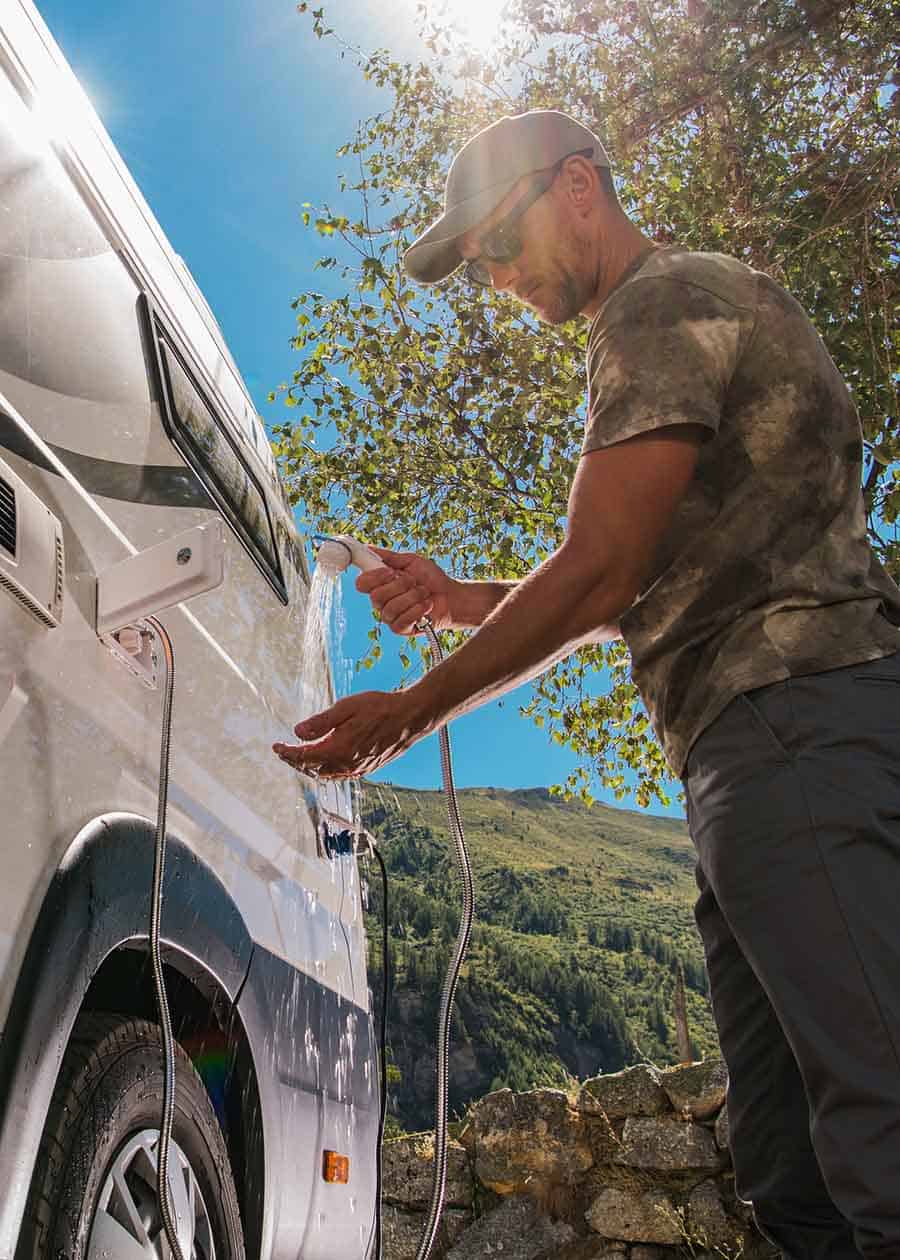
Big camping plans? Check out our full guide to RV Living.
How did it go for you?
Draining your RV’s fresh water tank is an important task. No matter if you are winterizing your vehicle, heading out on a long trip, or returning from an adventure, draining your tank often will keep your water supply fresh and safe to use.
How did the process go for you? I would love to hear your tips and experiences in draining your fresh water tank on your RV.

